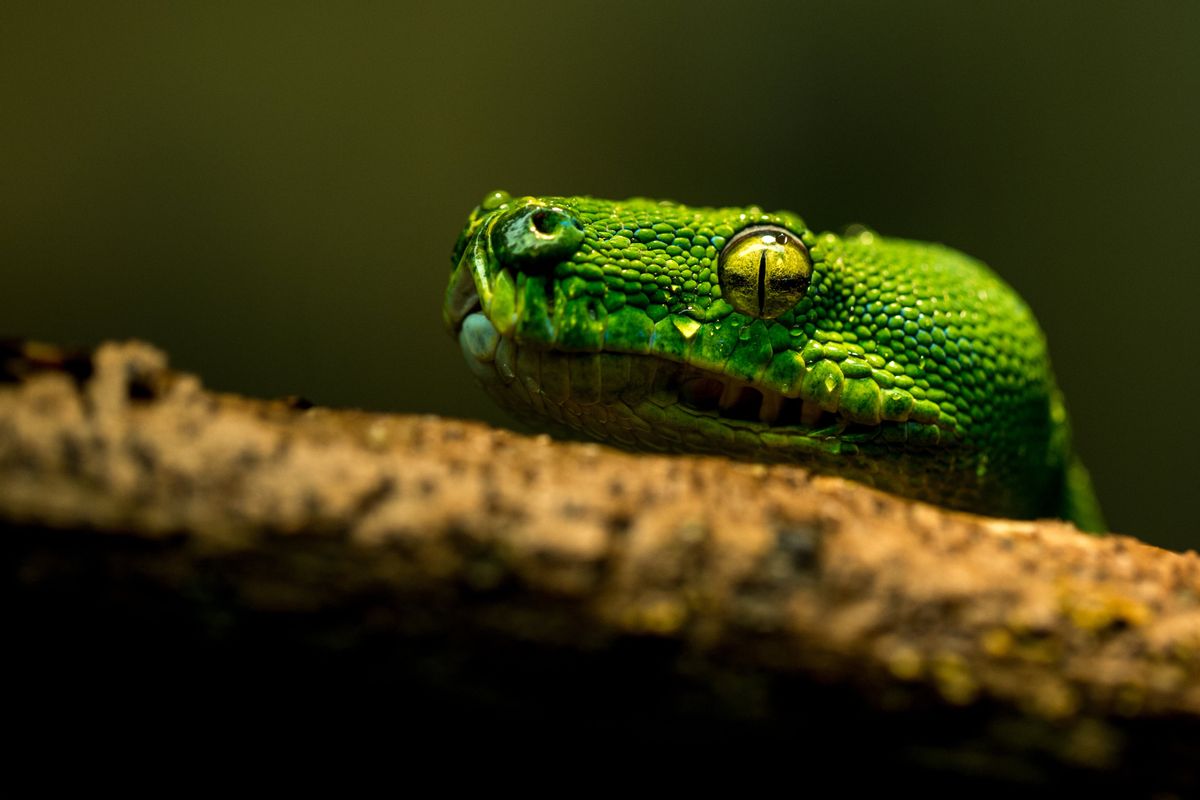Our oldest print sighting of this legend dates back only to 1989, but the story is clearly much older than that.
In the legend's most usual form, a small child (almost always a girl) complains while on an amusement park ride of being bitten or stung. Her parents, who are watching from a location in front of the contraption but who are never on it with the child, ascribe the cries to the youngster's excitement and so don't realize something is going horribly wrong until the ride ends. By then it is too late — though medical help is summoned, it does not arrive in time to save the tot.
Examples:
A man took his little girl to a carnival and put her on the merry-go-round. She soon began to complain that the horse was biting her, and she begged to be taken off. The father kept saying, "Don't be silly. The horse can't be biting you." Soon the little girl slumped over and died, and it was discovered that the old wooden horses, which were full of cracks, were also full of snakes.
A 5 year old girl died at Knobels. She was on the helicopters and she was screaming frantically to the guy to let her off. When the ride ended the little girl was dead. Turns out tht a cobra had fallen out of the tree above the helicopters and fell into the little girls helicopter. The cobra bit her
4 times. When they turned the ride off they discovered that the little girl was dead.
Variations:
- The child-murdering snakes have been described as rattlesnakes, cobras, adders, water moccasins, "poisonous water snakes," and "vipers."
- Rides death-dealing snakes have been said to have fatally fanged riders on include: merry-go-rounds, roller coasters, tunnels of love, flume (log) rides, plus assorted kiddie rides (e.g., the "helicopter" ride in an example above).
Such tales have been told of just about every amusement park in the nation. The deadly snake is said to have been lurking in the ride itself (having made a nest in a rotting wooden carousel horse or roller coaster car just unhoused from winter storage), or to have dropped from above into the open kiddie car, or to have fatally fanged a hand carelessly trailed in the water by a rider in a tunnel of love boat.
As in so many other legends, xenophobia (an unreasonable fear of people or goods that come from other countries) plays a major role, in that often the snake-infested carousel horses or ride cars are explicitly said to have been imported from overseas, the implication being the carnival operator put profits ahead of his patrons' safety by purchasing hardware from dubious foreign suppliers. (Another example is the "Snake in the Coat" legend wherein a shopper at a discount store is killed by the viper that had made its home in a coat's lining back in the garment's country of manufacture.)
Regionalism can also play a role, in that a few tellings specify the ride's components had been stored across the winter in the warmer American South, where the snakes took refuge in them.
A non-amusement park version of the legend that instead positions the mayhem in fast food restaurant ball pits surfaced in the
Ball pit, carousel horse, or roller coaster car, the message is clear: danger lurks amidst the gaiety, and a wise parent never takes his eyes off his kid. The juxtaposition of venomous snakes and amusement areas makes an even stronger statement than if these selfsame snakes were putting the chomp on youngsters in less carnival-like settings — say, a schoolyard or a department store. Such legends work to caution parents to not relax parental vigilance even in presumed safe settings.
Also told in:
Cohen, Daniel. The Beheaded Freshman and Other Nasty Rumors. New York: Avon Books, 1993. ISBN 0-380-77020-2
(pp. 102-103).Flynn, Mike. The Best Book of Bizarre But True Stories Ever. London: Carlton, 1999. ISBN 1-85868-558-3. (p. 52).

